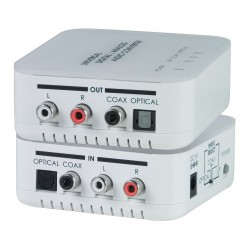

This overall current is then converted to its proportional output voltage. The current through R f will be the sum of these currents. Thus, according to the position (ON/OFF) of the switches (bo-b3), the corresponding “binary-weighted” currents will be obtained in the input resistor. Thus, output voltage also doubles and Output voltage = -(1KΩ)×(1mA)= -1V.So current through the resistor will become 5V/5KΩ = 1mA to flow through R f.R/2 will be connected to the positive supply of the +5V.

Current through feedback resistor, R f = 0.5mA (Since, Input bias current, I B is negligible).So, current through R = 5V/10KΩ = 0.5mA.It will be connected directly to the +5V. Thus, voltage across R = 5V.The circuit is basically working as a current to voltage converter. Thus, a corresponding 16 outputs of analog will also be present for the binary inputs. We know that, a 4-bit converter will have 2 4 = 16 combinations of output. Thus, the number of binary inputs is four. The circuit diagram represents a 4-digit converter. The op-amp can also be connected in the non-inverting mode. In the circuit, the op-amp is connected in the inverting mode. Digital to Analog Converter using Binary-Weighted ResistorsĪ D/A converter using binary-weighted resistors is shown in the figure below. Therefore, we will begin with DAC circuitry and then move to ADC circuitry. It is much easier to convert a digital signal into an analog signal than it is to do the reverse. Together, they are often used in digital systems to provide complete interface with analog sensors and output devices for control systems such as those used in automotive engine controls:


 0 kommentar(er)
0 kommentar(er)
